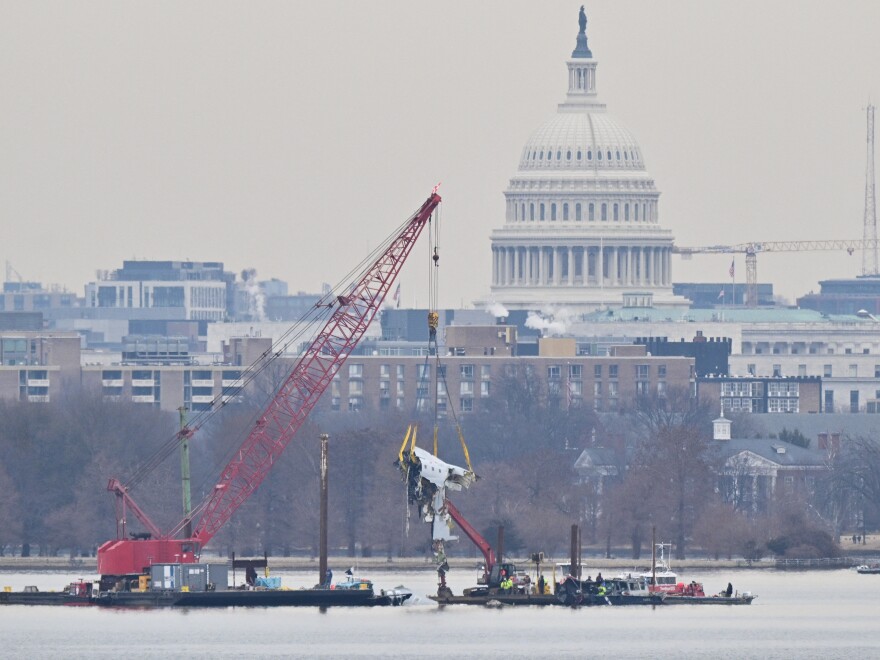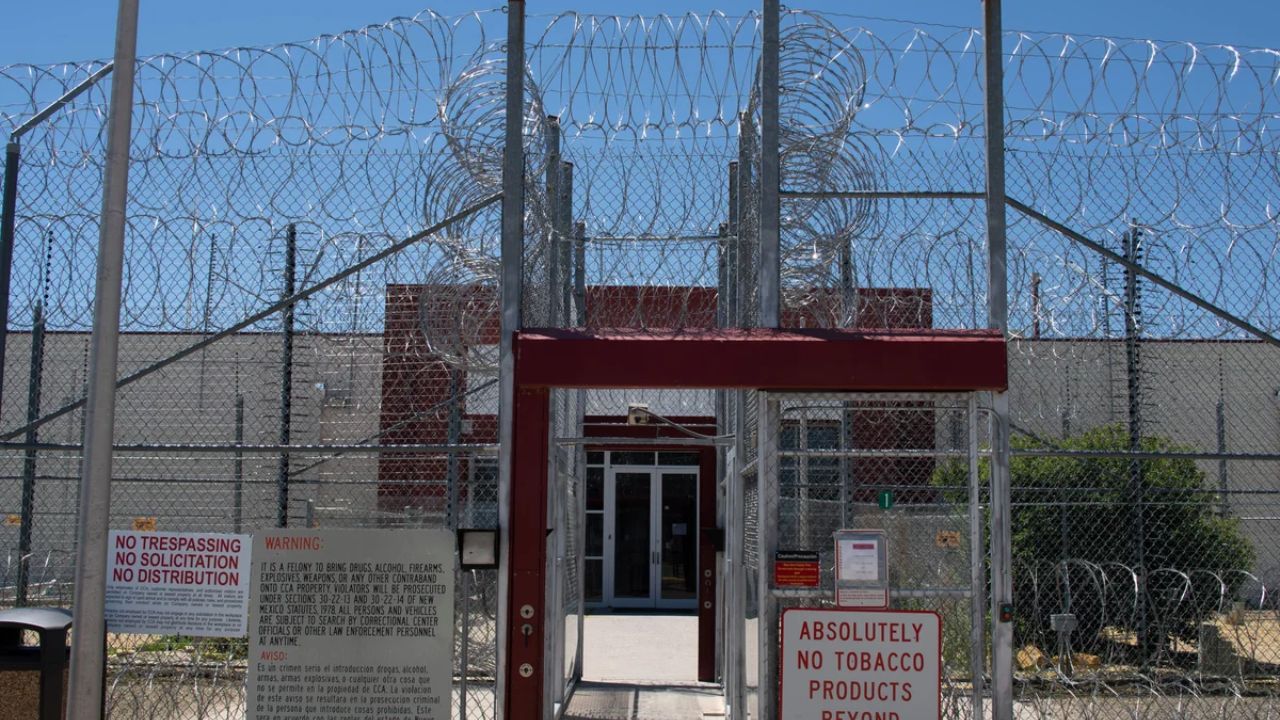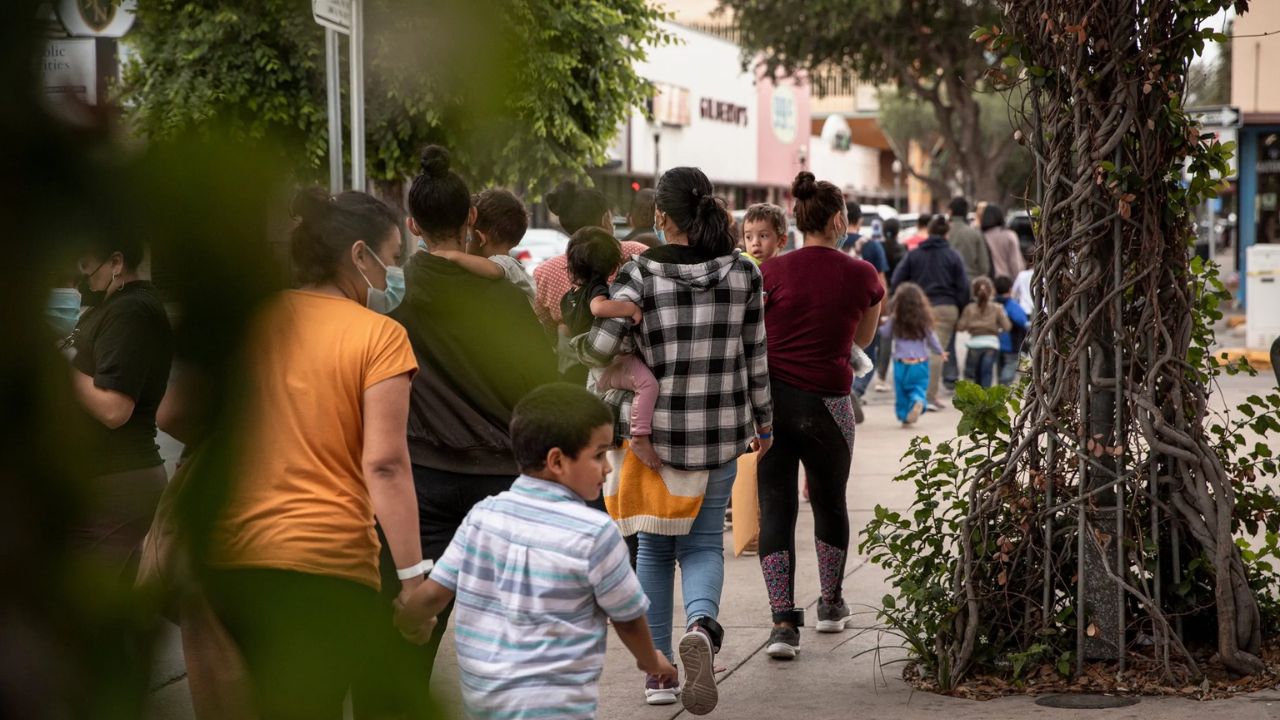Washington Six months have passed since a U.S. Army Black Hawk helicopter and an American Airlines regional flight collided in midair near Washington, D.C., killing all 67 persons on board.
The National Transportation Safety Board has been looking into the incident and will start a three-day investigative hearing this week to present fresh data on the deadliest aviation accident to hit the United States in decades.
The January flight catastrophe sparked new worries about aviation safety in the United States and brought attention to the congested airspace above the country’s capital, which is used by government, military, and commercial aircraft.
Before the NTSB hearing begins on Wednesday, here are some things you should know.
It’s the deadliest U.S. aviation accident since 2001
As the PSA Airlines flight from Wichita, Kansas, was ready to land at Ronald Reagan Washington National Airport (DCA) in Arlington, Virginia, on January 29, the crash happened. The American Airlines regional plane carried 60 passengers, two pilots, and two flight attendants.
At about the same time, an Army helicopter was on a training flight, taking a path south along the Potomac River. The crew consisted of three people.
At approximately 8:48 p.m. local time, the plane and the helicopter crashed, dropping both aircraft into the icy river below. Since 2001, it has been the deadliest aviation event in the United States.
DCA airspace was known to be a problem
The crowded airspace surrounding DCA has long been a source of concern for the aviation industry.
In March, Jennifer Homendy, the chairwoman of the National Transportation Safety Board, stated that the airport’s flying patterns had created “an intolerable risk.” According to an NTSB investigation, there was at least one “close call” between a helicopter and a commercial airliner passing over DCA per month between 2011 and 2024, she said.
In response to the disaster, the NTSB suggested two new restrictions this year, which U.S. Transportation Secretary Sean Duffy accepted: permanently limiting non-essential helicopter operations near DCA and banning mixed helicopter and fixed-wing traffic.
Were the Black Hawk altimeters not working properly?
The devices that informed the helicopter pilots of their altitude may not have been operating as intended, according to investigators.
The helicopter shouldn’t have been flying higher than 200 feet, but a radio altitude reading indicated that the crash occurred at 278 feet.
The Black Hawk crew might have been observing a different reading inside the helicopter, according to Homendy, and NTSB investigators were discovering “conflicting information in the data.”
The NTSB is looking into additional variables that occurred prior to the incident. At least one radio signal from DCA air traffic control may have been “stepped on” and missed by the crew of the helicopter, the board said.
Additionally, investigators pointed out that the three members of the helicopter crew were probably wearing night-vision goggles during the trip, which would have impacted their visibility of their surroundings.
The hearing is about fact-finding, not assigning blame
Supporting the board in gathering “information necessary to determine the facts and circumstances” of an accident is the aim of NTSB investigative hearings, like the one that starts this week.
The complex DCA airspace, the data systems of the helicopter, and the instruction and direction provided to DCA air traffic controllers are among the topics on the agenda.
The NTSB board will not place responsibility for the incident, even though its members may decide what caused the crash. Instead, it will provide the Federal Aviation Administration with a number of suggestions and ideas aimed at averting another catastrophe of this nature.
Early next year is when the full investigative report from the NTSB is anticipated to be finished.
Copyright 2025 NPR






